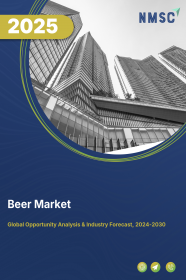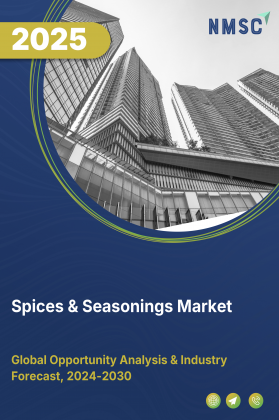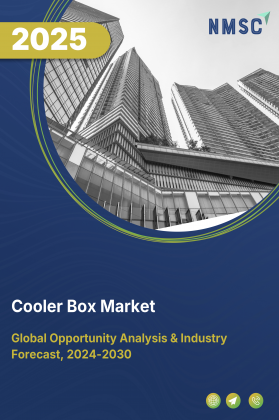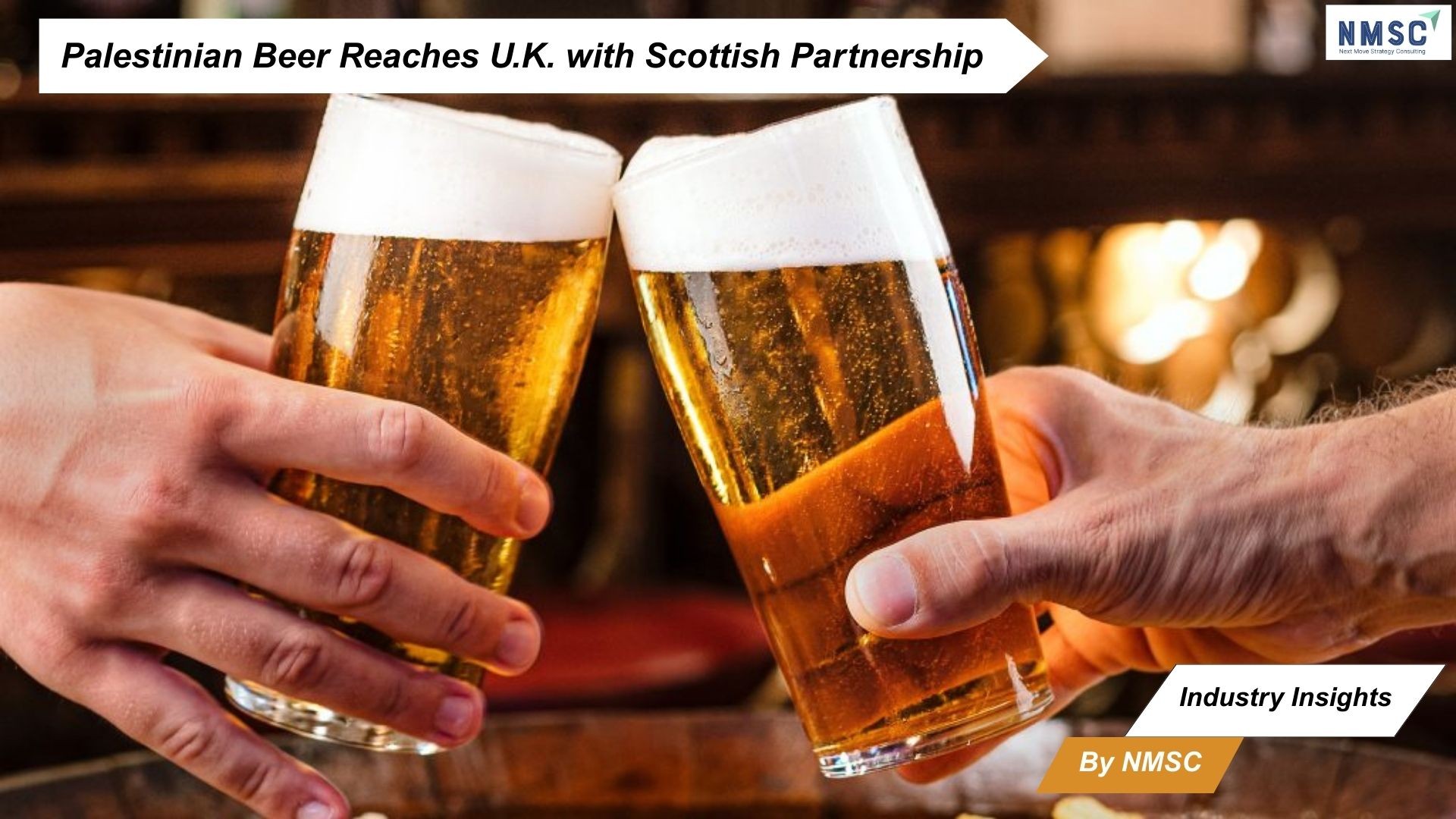
Beer Market by Type (Ale, Stout & Porter, Lager, Malt, Bocks, and Others), by Source (Wheat, Corn, Rice, Barley, and Oats), by Ingredient (Yeast, Enzymes, Malt, and Hops), by Production (Macro Brewery, Micro Brewery, Craft Brewery, and Others), by Taste (Strong Beer, Light Beer, and Regular Beer), by Quality (Standard, Premium, and Super Premium), and Others — Global Opportunity Analysis and Industry Forecast, 2022–2030
Market Overview
The global Beer Market size was valued at USD 662.05 billion in 2023 and is predicted to reach USD 773.52 billion by 2030 at a CAGR of 2.2% from 2024 to 2030. Beer is the most popular as well as the oldest alcoholic beverage that is prepared by fermenting and brewing malted cereals such as rice, wheat, and barley.
Beer is gauged and measured by its color, strength, and bitter state. It is associated with many traditions and activities all over the world. Herbs and fruits often add an explicit fragrance and flavor to the drink. Moderate consumption of beer is known to prevent many diseases related to the circulatory system and heart, such as arrhythmia, coronary artery disease, and heart attack. Generally, the alcohol content in beer ranges from less than 3% to 40% by volume depending upon the composition.
Market Dynamics and Trends
The demand for beer is high due to the growing GDP across developing regions, resulting in a high standard of living and the growing popularity of Western influences, including beer festivals and pub culture. Also, youngsters nowadays are hugely inclined toward alcoholic beverages, which encourages producers to establish beer manufacturing units to meet the surging demand for beer.
Moreover, rising consumption of low-alcohol content and alcohol-free beers, along with growing interest of health-conscious millennials and improved flavors of beer, including salty, fruity, and tarty, are expected to boost the global beer market.
For instance, in March 2021, Constellation Brands re-launched the Corona Refresca, which constitutes coconut lime, guava lime, and passion fruit lime flavors. The new Corona Refresca MAS provides a bolder and bigger offering that enables a great sensory experience for consumers.
Furthermore, growing internet penetration and the increasing influence of social media and e-commerce have entitled global producers to create improved market presence and better retailing channels, which in turn drives beer market sales.
However, the imposition of government stringent rules and regulations on the sales and distribution of beer and other alcoholic drinks due to various health concerns such as fatty liver and obesity is expected to restrain the market growth during the forecast period.
On the contrary, continuous innovations such as beer tap rooms and beer walls offered by various breweries and bars for self-service to customers are expected to create ample growth opportunities for the beer market in the coming years.
Market Segmentations and Scope of the Study
The global beer market is segmented based on type, source, ingredient, production, taste, quality, alcohol content, flavor, packaging, distribution channel, and geography. Based on type, the beer market is classified into ale, stout & porter, lager, malt, bocks, and others.
Based on the source, the market is categorized into wheat, corn, rice, barley, and oats. Based on ingredients, the market is divided into yeast, enzymes, malt, and hops. Based on production, the market is classified into macro-brewery, microbrewery, craft brewery, and others. Based on taste, the market is segmented into strong, light, and regular beer.
Based on quality, the market is categorized into standard, premium, and super premium. Based on alcohol content, the market is classified into high, low, and alcohol-free. Based on flavor, the market is segmented into flavored and unflavored. Based on packaging, the market is classified into canned, glass bottles, PET bottles, and others.
Based on the distribution channel, the market is segmented into on-trade and off-trade. The report provides the geographical breakdown and analysis of each of the abovementioned classifications across four regions, namely, North America, Europe, Asia-Pacific, and the Rest of the World (RoW).
Geographical Analysis
Asia-Pacific holds the lion’s share of the global beer market. It is expected to continue its dominance during the forecast period due to the presence of a large number of local players such as Yanjing and Asahi Groups that produce low-alcohol beers of 2.8% ABV or less while keeping the price lower than high alcoholic equivalents. The cost reduction would drive the market for low-alcohol beverages like craft beer.
For instance, In March 2021, Asahi Breweries launched a new carbonated low-alcoholic drink called Beery, a 0.5% alcoholic beer, as part of its drive to increase sales of products from 6% to 20% by 2025.
Also, the beer market in this region has shown exceptional growth due to the increasing young population, social acceptance & Western influence. Moreover, the ease of availability of raw materials and cheap labor offer massive potential for producers to set up beer distilleries in this region.
On the other hand, the beer market in North America is anticipated to witness swift growth due to the introduction of self-made, innovative, and unique beer types with different flavors, which are likely to create a more extensive customer base.
For instance, according to the Brewers Association of the U.S., in 2021, the number of operating craft breweries reached an all-time high of 9,118, including 1,886 microbreweries, 3,307 brewpubs, 3,702 taproom breweries, and 223 regional craft breweries. Moreover, consumers are highly attracted to modern restaurants, bars, and nightclubs, which results in on-trade beer consumption, eventually boosting beer sales in this region.
Competitive Landscape
The beer market comprises various market players such as Anheuser-Busch InBev, Heineken N.V., Carlsberg Group, Boston Beer Company, Molson Coors Beverage, Asahi Group Holdings Ltd., Diageo plc, Constellation Brands, Sierra Nevada Brewing Co., and Dogfish Head Craft Brewery Inc. These key market players have adopted several strategies such as product launches, mergers, and acquisitions to retain their dominance in the global beer market.
For instance, in August 2021, Molson Coors Beverage, a Canada-based brewing company, announced the launch of Moon Haze, an award-winning juicy and hazy pale ale in the U.S. The new Moon haze combines juicy and bold flavors with its signature orange color to energize the crafty beer scene and cater to consumers’ evolving preferences.
Also, in July 2021, Heineken N.V., a Dutch brewing company, announced that it had acquired control of India’s largest brewer, United Breweries Limited (UBL), taking its shareholding from 46.5% to 61.5%. This strategic decision would sustain the company’s position in the market and have a dilutive effect on the operating profit margin.
Key Benefits
-
The beer market report provides a quantitative analysis of the current market and estimations from 2022 to 2030 that assists in identifying and capitalizing on the prevailing market opportunities.
-
The study comprises a deep dive analysis of the beer market trend, including the current and future scenarios for depicting the prevalent investment pockets in the market.
-
The information related to key drivers, restraints, and opportunities and their impacts on the beer market is provided in the report.
-
The competitive analysis of the market players, along with their market shares, is included in the study.
-
The SWOT analysis and Porter’s Five Forces model are elaborated in the study.
-
The report contains a value chain analysis of the market to provide a clear picture of the stakeholders’ roles.
Beer Market Key Segments:
By Type
-
Ale
-
Stout & Porter
-
Lager
-
Malt
-
Bocks
-
Others
By Source
-
Wheat
-
Corn
-
Rice
-
Barley
-
Oats
By Ingredient
-
Yeast
-
Enzymes
-
Malt
-
Hops
By Production
-
Macro-Brewery
-
Microbrewery
-
Craft Brewery
-
Others
By Taste
-
Strong Beer
-
Light Beer
-
Regular Beer
By Quality
-
Standard
-
Premium
-
Super Premium
By Alcohol Content
-
High
-
Low
-
Alcohol-Free
By Flavor
-
Flavored
-
Unflavored
By Packaging
-
Canned
-
Glass Bottle
-
PET Bottle
-
Others
By Distribution Channel
-
On-Trade
-
Off-Trade
By Geography
-
North America
-
The U.S.
-
Canada
-
Mexico
-
-
Europe
-
Germany
-
France
-
Italy
-
Spain
-
United Kingdom
-
Netherlands
-
Denmark
-
Finland
-
Norway
-
Sweden
-
Russia
-
Rest of Europe
-
-
Asia-Pacific
-
Australia
-
China
-
India
-
Japan
-
South Korea
-
Thailand
-
Singapore
-
Rest of Asia-Pacific
-
-
RoW
-
Latin America
-
Middle East
-
Africa
-
Key Players
-
Anheuser-Busch InBev
-
Heineken N.V.
-
Carlsberg Group
-
Boston Beer Company
-
Molson Coors Beverage
-
Asahi Group Holdings Ltd.
-
Diageo Plc
-
Constellation Brands
-
Sierra Nevada Brewing Co.
-
Dogfish Head Craft Brewery Inc.




















 Speak to Our Analyst
Speak to Our Analyst

























